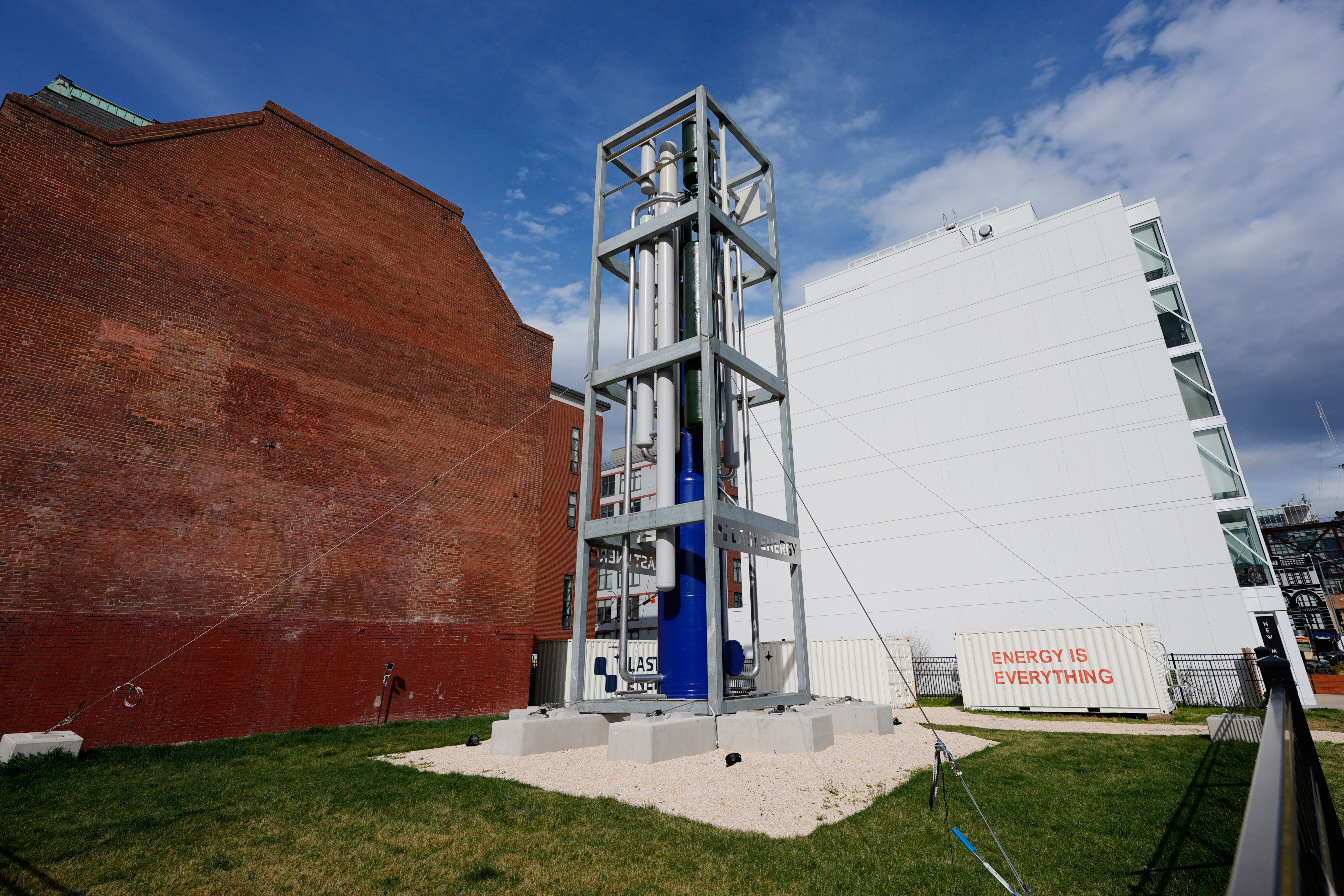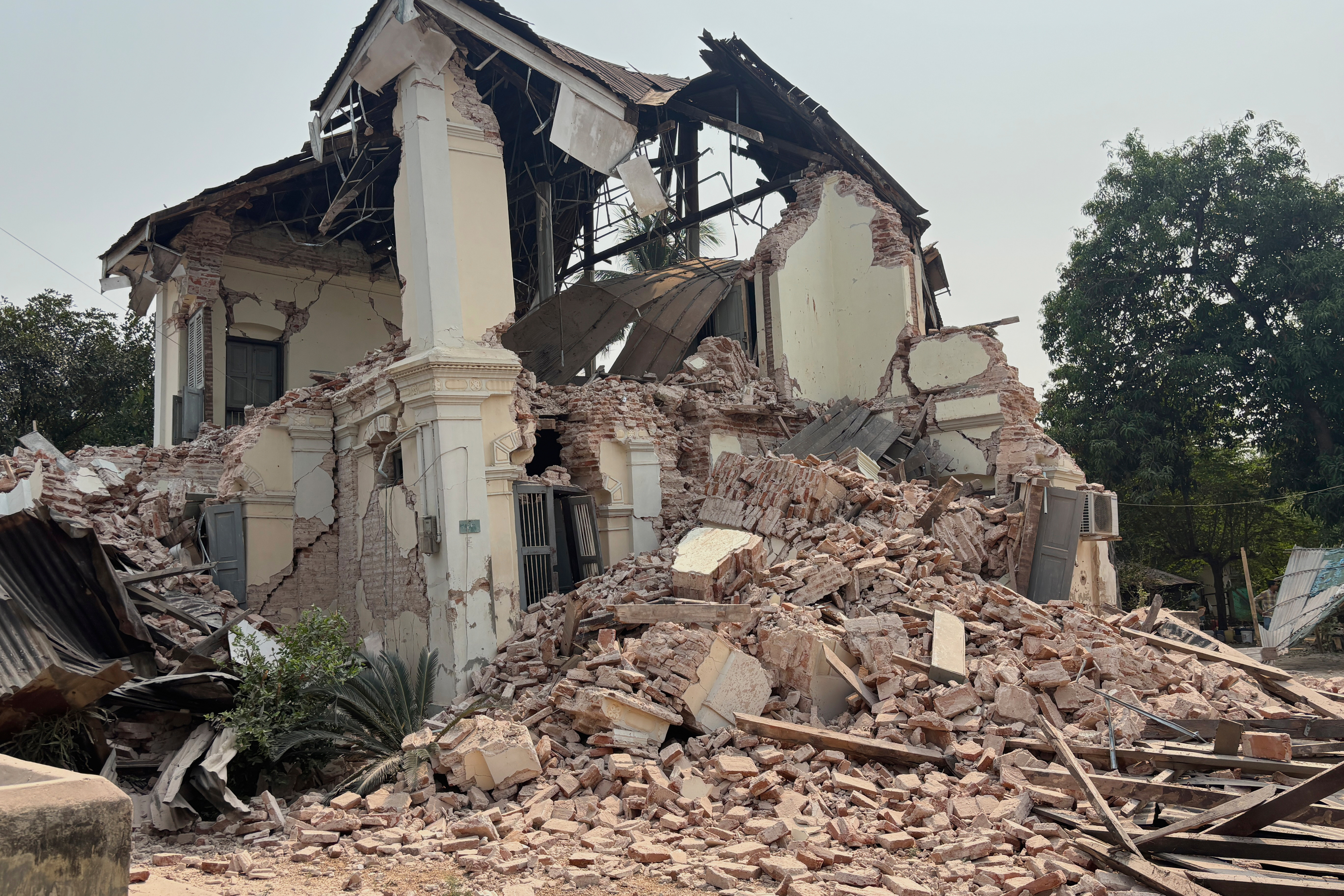With the killing of an unarmed, black teenager in Ferguson, Missouri, putting police departments under scrutiny, an expert on racial profiling says that the race of police officers tends not to make a difference on whether they use force.
“Blue is the most powerful color in terms of determining behavior," says Phillip Atiba Goff, a co-founder of the Center of Policing Equity at the University of California, Los Angeles, and an assistant professor of social psychology at the school.
Where race matters most is in the hierarchy of the force, among the officers who are in positions to make decisions, and to the community being policed, he said. Residents want to see themselves represented in the officers who make up their department.
The violence that erupted in Ferguson after the shooting of Michael Brown by a white police officer has drawn attention to the racial make-up of police departments versus the communities they serve and ways to change the imbalance. The police force of Ferguson, a suburb of St. Louis, is more than 90 percent white in a community that is 67 percent black.
[NATL] Photos: Ferguson on Edge Ahead of Grand Jury Decision
Goff’s group was brought in to look at racial profiling and other issues in the St. Louis County police department in the spring — one of about 20 law enforcement agencies it has worked with. Among the others are some that have had well publicized troubles, including the Los Angeles County Sheriff’s Department, whose deputies have twice accidentally killed innocent men in the last four months, and the Oakland Police Department, which has been under a federal court order to make reforms.
Richard Rosenfeld, a professor of criminology and criminal justice at the University of Missouri-St. Louis, said Ferguson did not fit the profile of a community where tensions, particularly between young black men and the police, would boil over into violence. It has pockets of economic disadvantage but also middle- and upper-income residents, and in fact has benefited from recent growth in the northern part of St. Louis County, he said.
U.S. & World
News from around the country and around the globe
There are "hundreds and hundreds" of communities like Ferguson across the country, Rosenfeld said.
His recommendation for those communities: get to work diversifying the police force immediately.
“That’s not a cure-all but is certainly a necessary first step to ease some of those tensions,” he said.
Growing Poverty in Suburbs
Recent economic progress aside, Ferguson’s unemployment rate rose from less than 5 percent in 2000 to more than 13 percent by 2012. Its poor population doubled, with about one in four living below the federal poverty line, according to Elizabeth Kneebone of the Brookings Institution. More poor residents now live in suburbs like Ferguson than in big cities or rural areas, a significant shift compared to 2000 when urban poor still outnumbered suburban poor, Kneebone noted in a research brief published in July.
“Suburbs often haven't developed the same infrastructure or safety net supports that cities have built up over decades for dealing with these issues,” she said. That fragmentation means many suburbs lack the staff and resources necessary to tackle the problem.
Goff's group tells police departments they have to devote resources to creating a more representative force, a step that can be difficult in a time of shrinking budgets.
"This is not something that’s going to happen overnight and it’s not something that’s just going to happen because you want it to," he said. "You’re going to have to devote money."
Plus, he said, it is hard for police departments to attract candidates from communities with which police have had poor relations. Even after officers have been hired, retention can be difficult and burnout rates are higher.
“If you and your community feel there’s an organization that is set up to oppress you and your community, it’s very difficult for you then to decide, 'I’m going to feel good about going to work for them,'” he said.
Departments also have to consider how they are policing communities, he said. People tend to comply with the law when they see law enforcement officers behaving fairly and when they feel safe. If a community feels that it has been occupied, not policed, its resistance intensifies, he said.
A 1999 report, "Use of Force by Police," by the National Institute of Justice and the Bureau of Justice Statistics noted that the use of force appears to be unrelated to any officer's personal characteristics, such as age, gender and ethnicity. But the report cautioned that additional research was needed.
“If you’re involved in a use-of-force incident with an officer, it doesn’t make you feel any better if the person who is hitting you with a night stick is the same color as you,” Goff said.
A Problem of Trust
Victor Torres, a civil rights and criminal defense lawyer in San Diego, said he regularly gets calls from people who accuse police officers of misbehavior, from lying to physical assault.
“I think the problem is trust and when the police officers treat everyone like they’re at war with them, there’s not much trust,” said Torres, a director of the San Diego La Raza Lawyers Association. “You have to actually speak to the people when there’s not some crisis going on. You actually have to ask people questions instead of accusing them.”
To address racial profiling, San Diego's police chief is appearing in a public service announcement to ask possible victims to report problems. Torres applauded the video, but said that many people in the community believe they are discouraged from making complaints.
“It’s great that she’s making an effort but she needs to be accountable and let us know what happens to the reports,” he said.
Goff's group has worked with police departments to determine whether they are engaging in racial profiling, improve training, help commanders identify implicit bias and address issues of race and gender.
It is also creating the first national database of police behavior, including pedestrian stops, vehicle stops and use of force.
“What we’re trying to do is create a broader, big data approach so that there’s evidence-based approaches to social justice,” he said.






























































